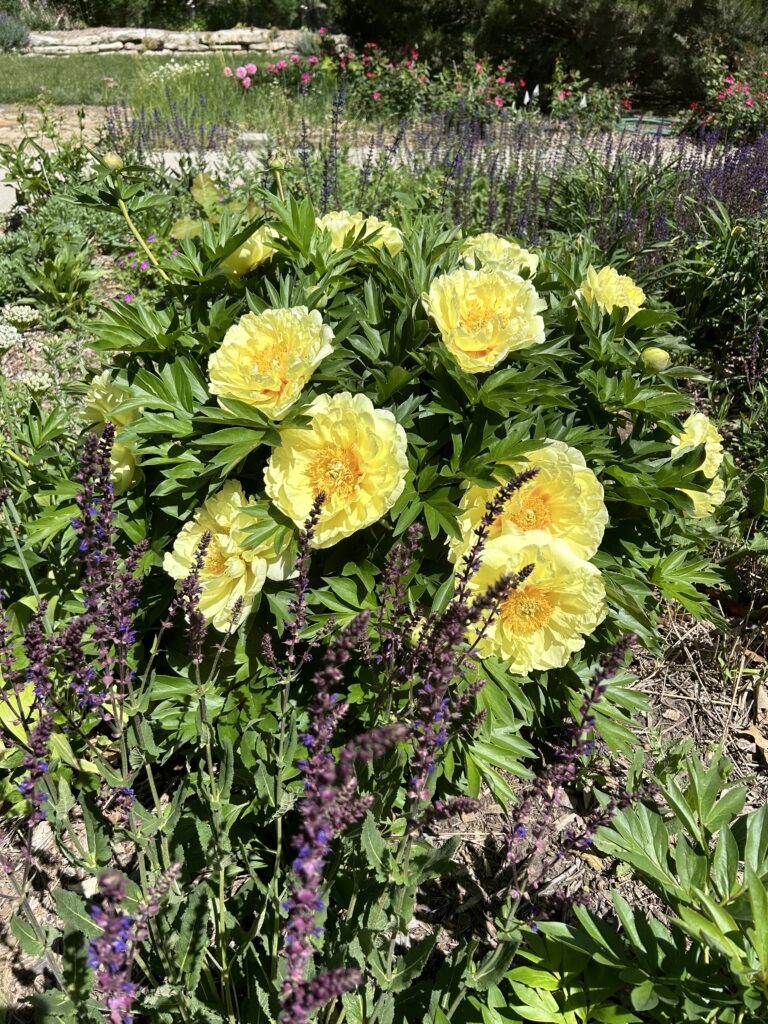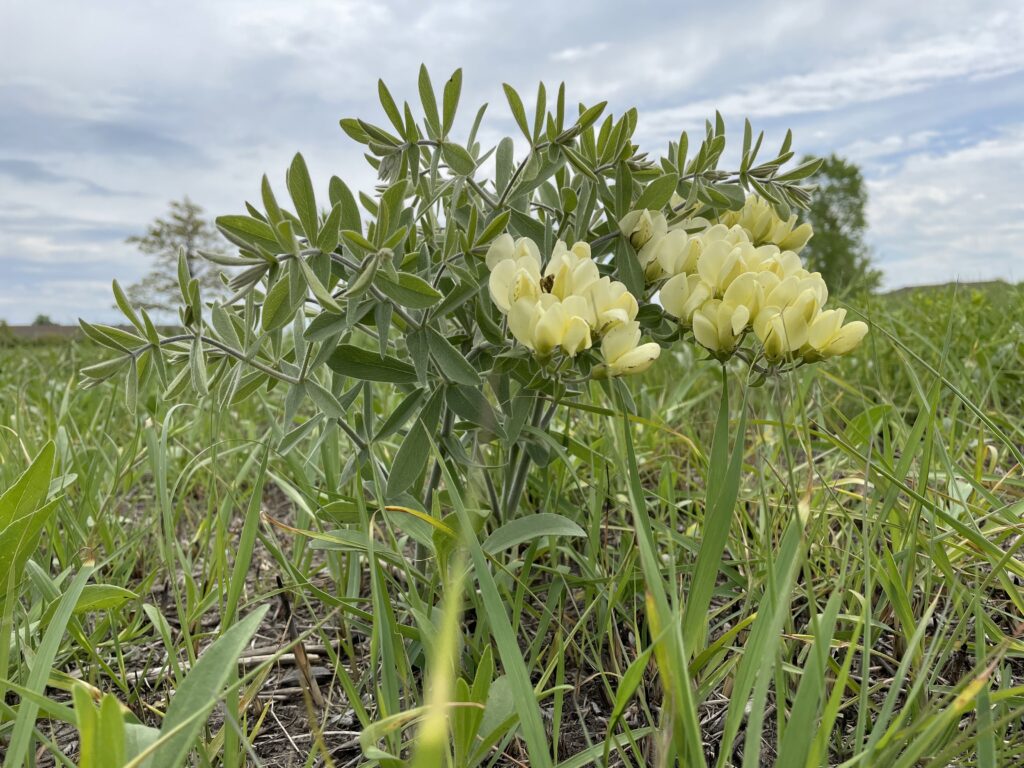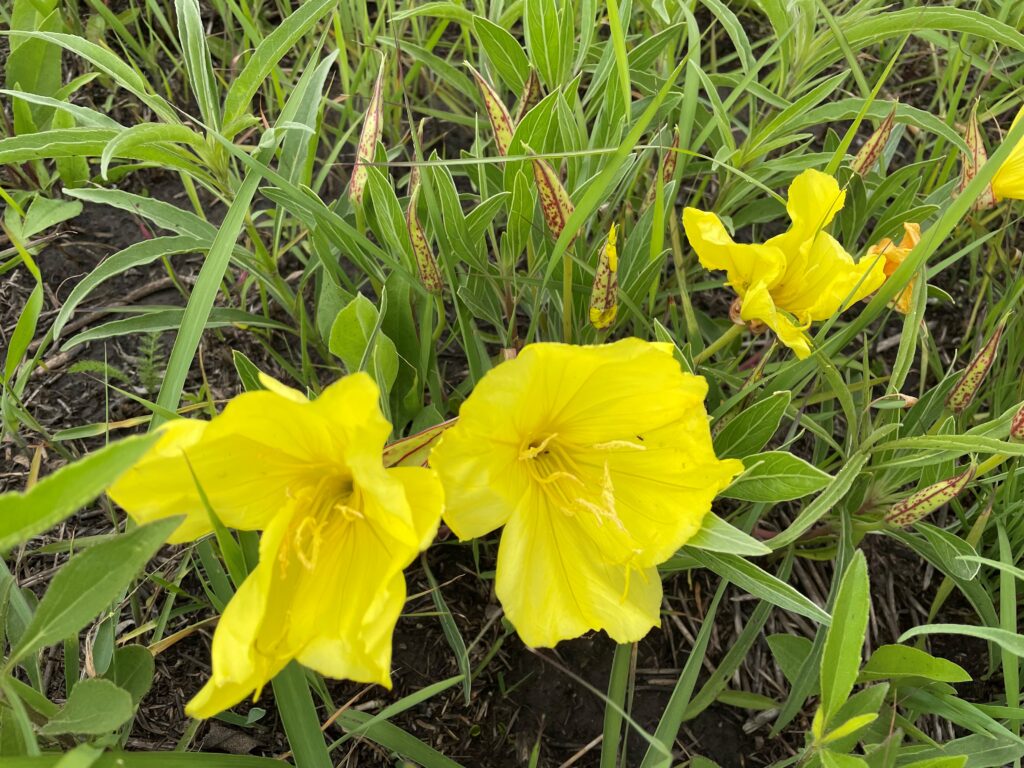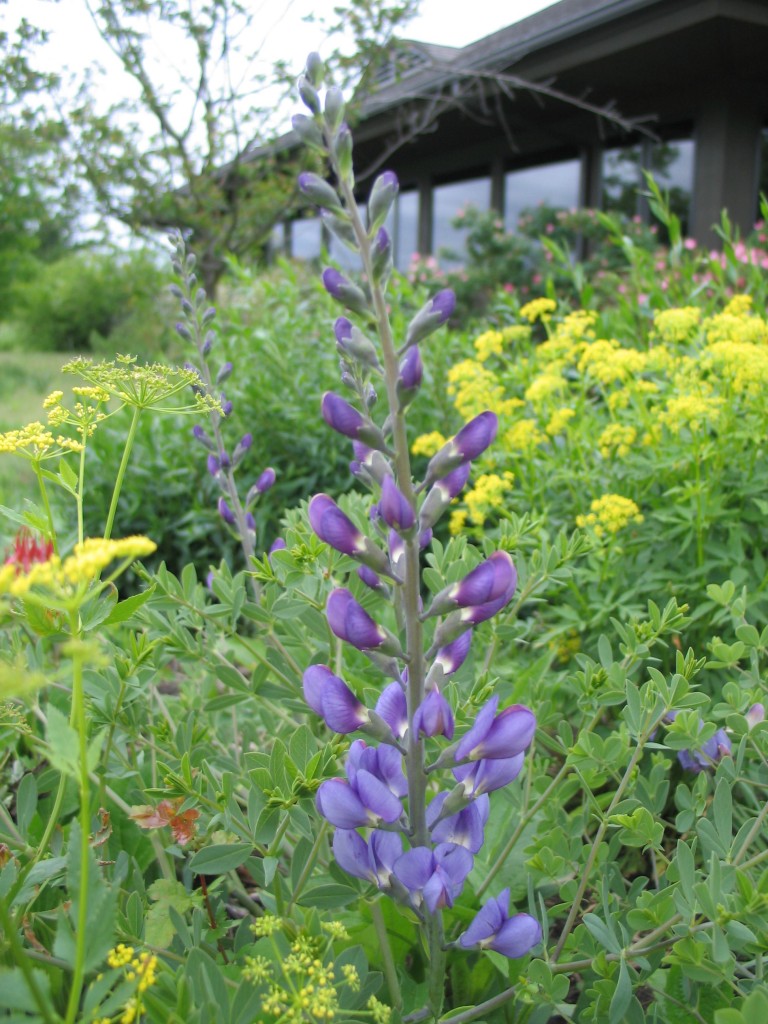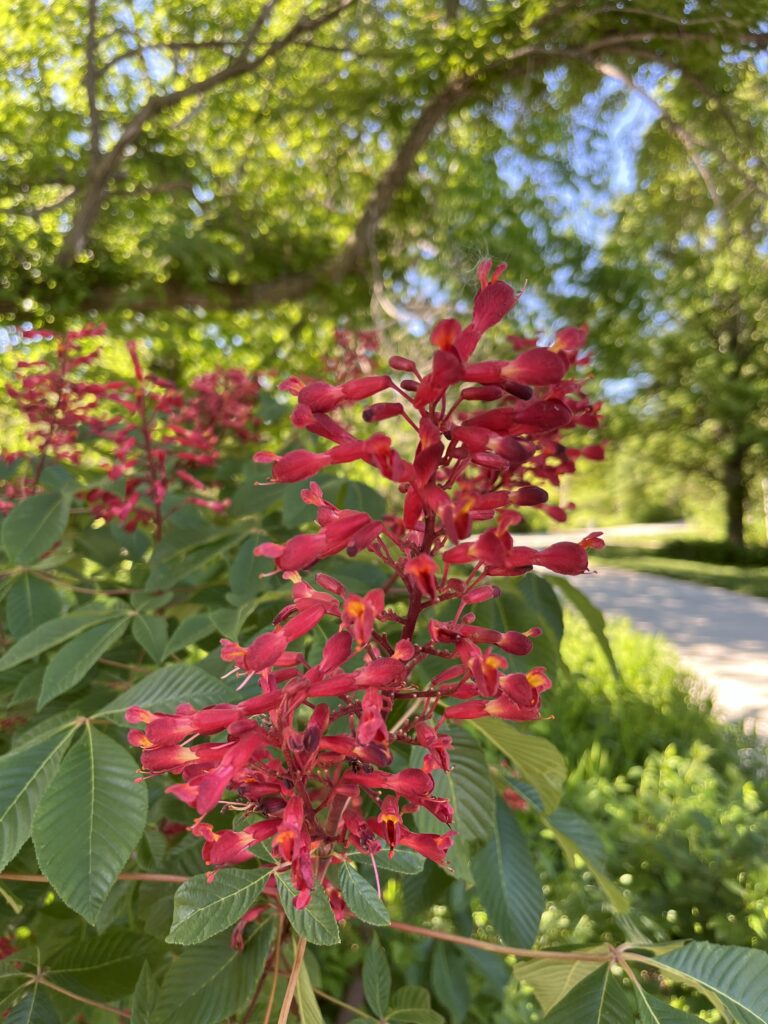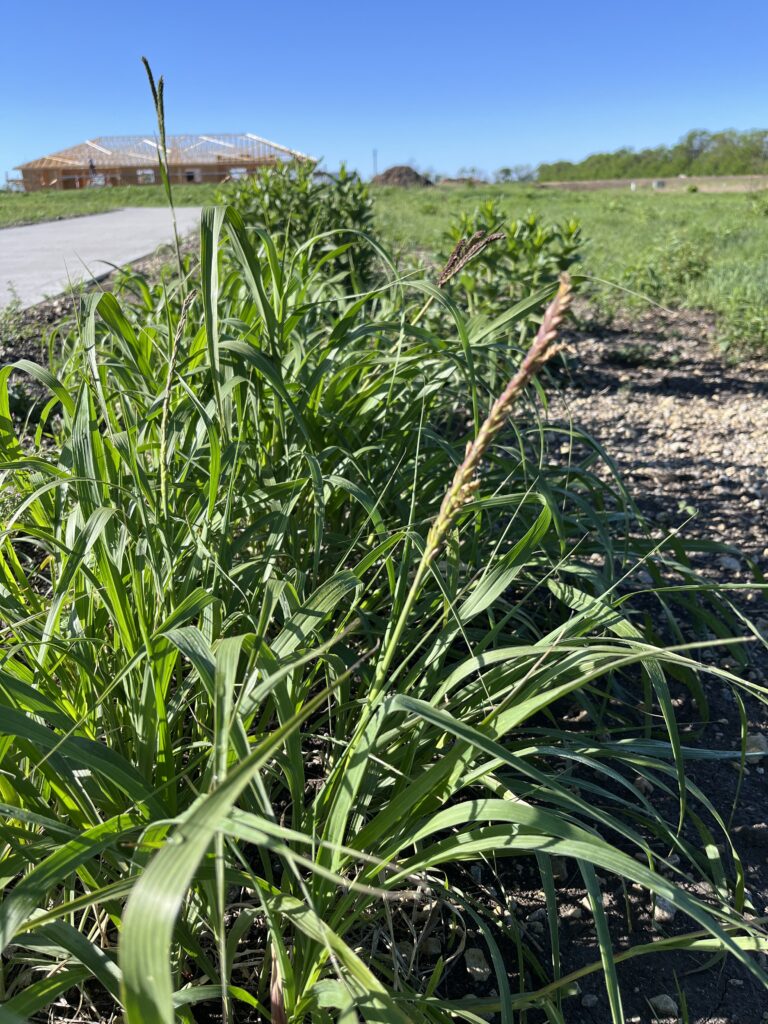Peonies are in full bloom right now, and what a show! They are an old fashioned favorite, and a plant can only achieve such a title by being easy enough to grow that it lives on to be beloved by multiple generations. Don’t we all remember peonies in grandma’s garden? As well recognized as they are, there is more to this flower than meets the eye! Read on to learn about the many different types of peonies and their growing habits.
Three Main Types
To most folks, a peony is just a peony. Besides different colored flowers, aren’t they all the same? Actually there are three types of Peonies – tree, herbaceous, and shrub (which are a hybrid of the first two). Tree peonies can be 7 ft tall with massive flowers and woody stems. These are not commonly grown in our region, but herbaceous and shrub types are. Herbaceous peonies often called ‘garden peonies’. They are 2 to 4 feet tall and wide, easy to grow and long lived, but have a tendency to flop over in a stiff wind or rainstorm. Shrub/Intersectional peonies are a hybrid of tree and herbaceous types; they exhibit the larger flowers and stiffer stems of the tree peony, but the heat tolerance and shorter height of the herbaceous species. They were developed in the 1940s by Toicho Itoh, a Japanese plantsmen. This is why they are also called ‘Itoh Peonies’.
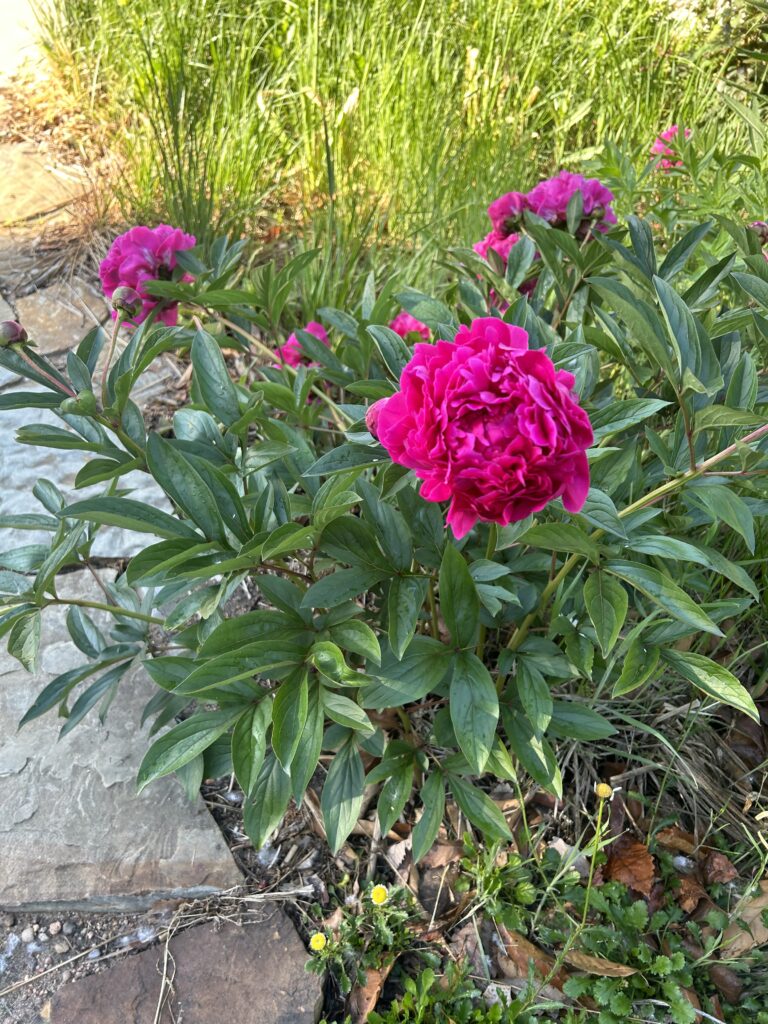
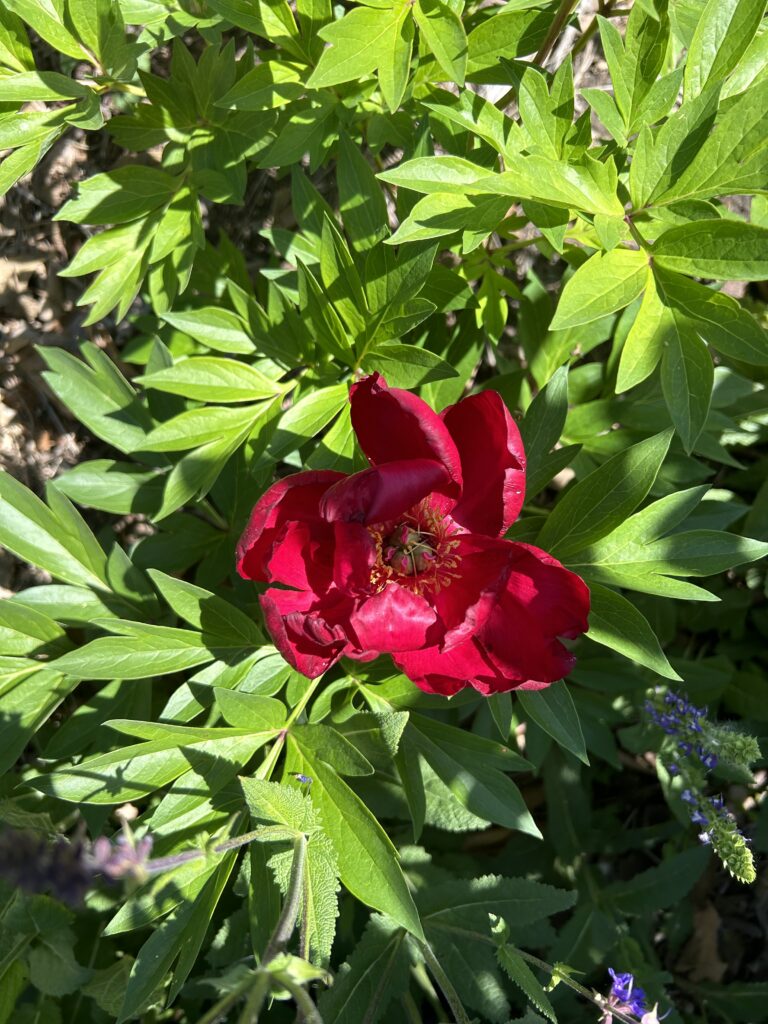
Native Peonies
The genus Paeonia contains 33 known species, and is native to several places across the globe. From Europe to China and even some in North America. The garden and intersectional peonies commonly sold in garden centers are usually cultivated varieties of some of these native species, brought about via grafting, selective breeding, and tissue culture. Before all the primping and plumping, they were just wildflowers! Here are a few species of note:
- Paeonia lactiflora – common parent plant to modern garden peonies, also known as the Chinese peony, native to eastern Tibet throughout northern China and Siberia
- Paeonia officinalis – very similar to a modern garden peony, native southern and western Europe
- Paeonia suffruticosa – tree peony, native to northern Asia
- Paeonia brownii – very short species native to high elevations of northwest North America
- Paeonia californica – medium sized drought loving species endemic to southwestern California and the northern Baja region

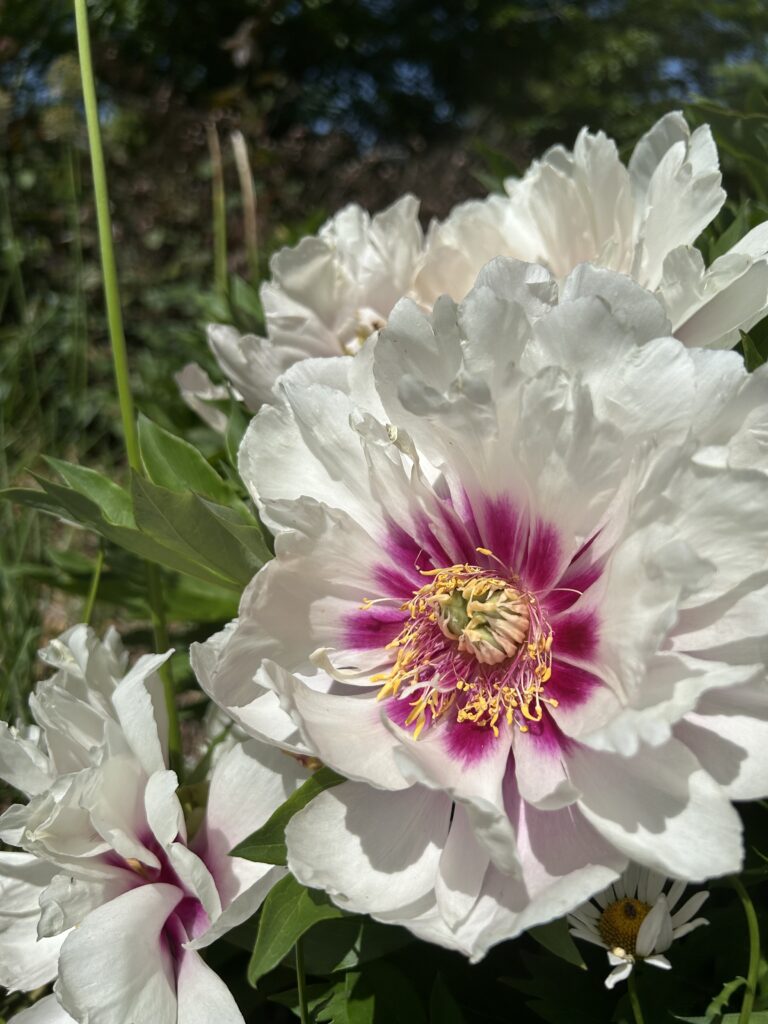
Make Room for the Bloom
If you want these beautiful flowers in your garden, make sure you have the space! You may need to stake garden peonies as they don’t all support their blooms well, so you will need some wiggle room around your plants to retain walking access. If you opt for the intersectional type, note that these showstoppers can easily be 4 feet tall and wide! Peonies appreciate medium moist soil and aren’t fussy about pH. In fact they prefer a slightly alkaline soil over anything acidic, so our limey Kansas clay is often just right! They can even handle mild drought once established. Avoid planting in soils that stay soggy for long periods of time.
Spring and fall are the best time to plant peonies. You can order them online, through catalogs, or even purchase a few at one of our biannual FloraKansas events! However you acquire them, with the proper care they will bloom and thrive for years to come.

